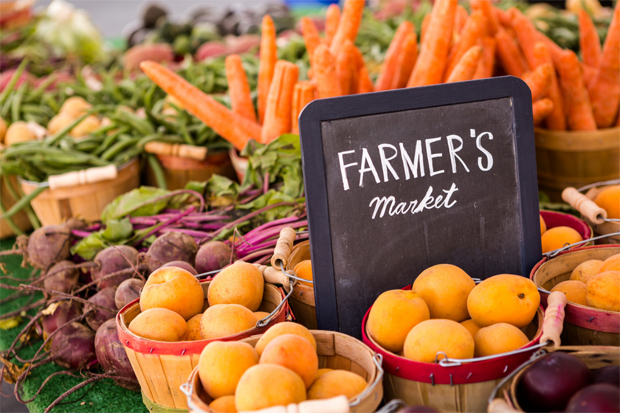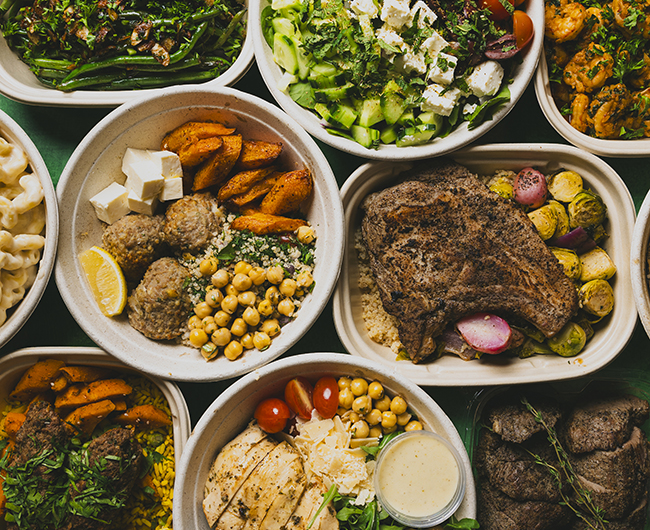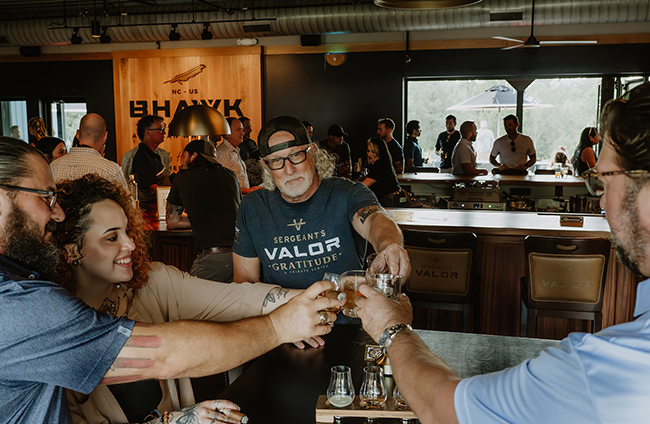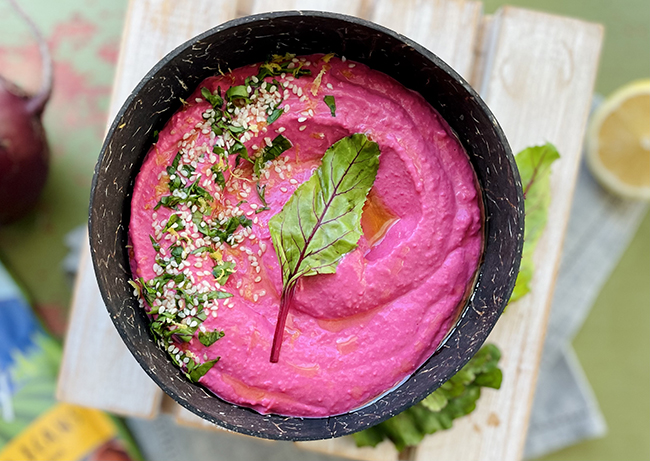Getting Healthy by Eating Local
05 Mar 2019
Getting Healthy by Eating Local
By ANNE POSTIC

These days, options abound when it comes to what we eat. We can order online, shop specialty food stores, revel in delivery on a rainy day, or go to a restaurant any night of the week “just because.” When I was little, restaurants were for special occasions. Our family menu consisted of the same things my parents ate growing up, simple meals like meat loaf and green beans, chicken casserole with green beans, pork chops with — you guessed it — green beans. Hey, there were a lot of green beans, and they were good for us. Nowadays, you can have burritos for breakfast, chicken tikka masala for lunch, and for dinner? A porterhouse steak with hand mashed potatoes and haricots verts (aka green beans).
All these choices are fantastic! Who doesn’t love choices? But when you can always eat exactly what you want, and everything is convenient, sticking to a budget or a healthy way of eating can be tough. I promise, you’re perfectly capable of doing both. You’ll just need to make a few changes to your routine. So, let’s put down the phone, or close your restaurant delivery app of choice, and get started.
Our bodies are meant to consume what’s being harvested right where we live. It tastes better when it ripens naturally instead of with chemical help and it hasn’t lost flavor in traveling. Fun fact: fruits and vegetables start losing their nutrients within a day of being picked, so the sooner you can get them into your body, the better. With that in mind, here’s how to start eating better by eating local.
Start small. You can probably keep shopping at the same places you always do. Most grocery stores have a few local products, especially in the produce department. Even if the tomatoes aren’t from right next door, you’re better off eating the ones that came from a neighboring state than the ones shipped from across the country or even overseas. Your first step to finding local agriculture is to start looking at labels and asking your grocer if they can carry more produce from nearby.
The next step is finding your farmers’ markets. If you’re lucky, your town has one on weekend mornings, where you can also visit with friends and get brunch from a food truck. Connect with local farmers and get to know them, and you’ll know what they might have from one week to the next so you can plan your menu accordingly. You’ll understand more about the factors affecting the farmers and their crops, like unseasonably cool temperatures or too much (or too little) rain.
Now that you know your farmers, take it a step further. If you like surprises and want to add new vegetables to your diet, find a CSA, which stands for “community supported agriculture.” You commit to paying for a share for a season, and you get weekly boxes of produce, whatever the farm harvests that week. You’ll learn what crops grow in your area and when. Never tried sunchokes? Here’s your chance, and they are delicious. With the help of the internet, you can learn how to cook anything. (Pro tip: Pretty much any vegetable can be roasted to delicious result with a little salt, pepper, and olive oil.) Find a CSA near you at localharvest.org.
If you want to go hyperlocal, start at home. Growing your own food is a surefire way to know exactly where it came from. Even if you don’t grow everything you eat, you can supplement what you buy with collards and chard you plant in the colder months and luscious tomatoes you can grow in containers in the summer.
The key to eating local is taking baby steps. Start with the stores you already know and go from there. Before you know it, you’ll be craving healthier, fresher food that’s grown right where you are (or at the farm up the road). And in the process? You’ll be supporting local farmers and helping the environment.














